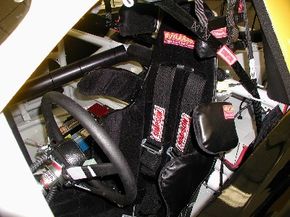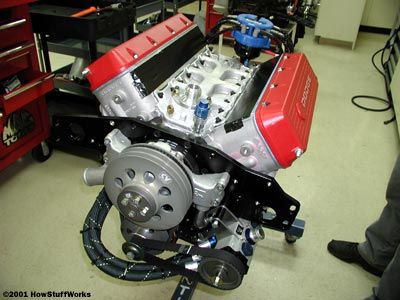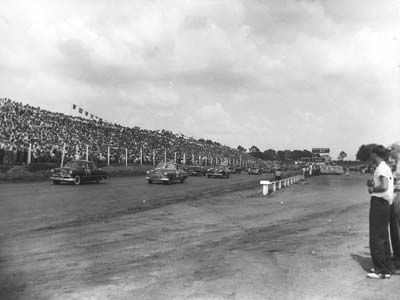A National Association for Stock Car Auto Racing (NASCAR) car is an amazing machine that pushes the physical limitations of automotive engineering. Crafting one of these cars is a meticulous task that takes dozens of designers, engineers and mechanics who put in hundreds of hours to perfect the car before it ever rolls onto a race track. On the track, the driver shows off his professional skills by directing this 3,400-pound (1,542-kg) machine around an oval track at speeds that would terrify most people.
Advertisement
For many, sitting at the helm of one of these custom-made dream machines is an appealing notion. With 750 horsepower under the hood, the cars have the ability to reach speeds of more than 200 mph (321 kph). But being behind the wheel of this car as it is spinning out of control on a high-banked super-speedway at 180 mph (289 kph), heading directly into a concrete retaining wall -- this is the sober reality that professional drivers must face. Certainly, the tragic death of seven-time NASCAR champion Dale Earnhardt at the 2001 Daytona 500 race increased everyone's awareness of the dangers of professional car racing.
In an average street car equipped with air bags and seatbelts, occupants are protected during 35-mph crashes into a concrete barrier. But at 180 mph, both the car and the driver have more than 25 times more energy. All of this energy has to be absorbed in order to bring the car to a stop. This is an incredible challenge, but the cars usually handle it surprisingly well. In this edition of HowStuffWorks, you will learn how NASCAR drivers are able to walk away from so many crashes, and about the new safety devices being developed to prevent future race-related fatalities.



